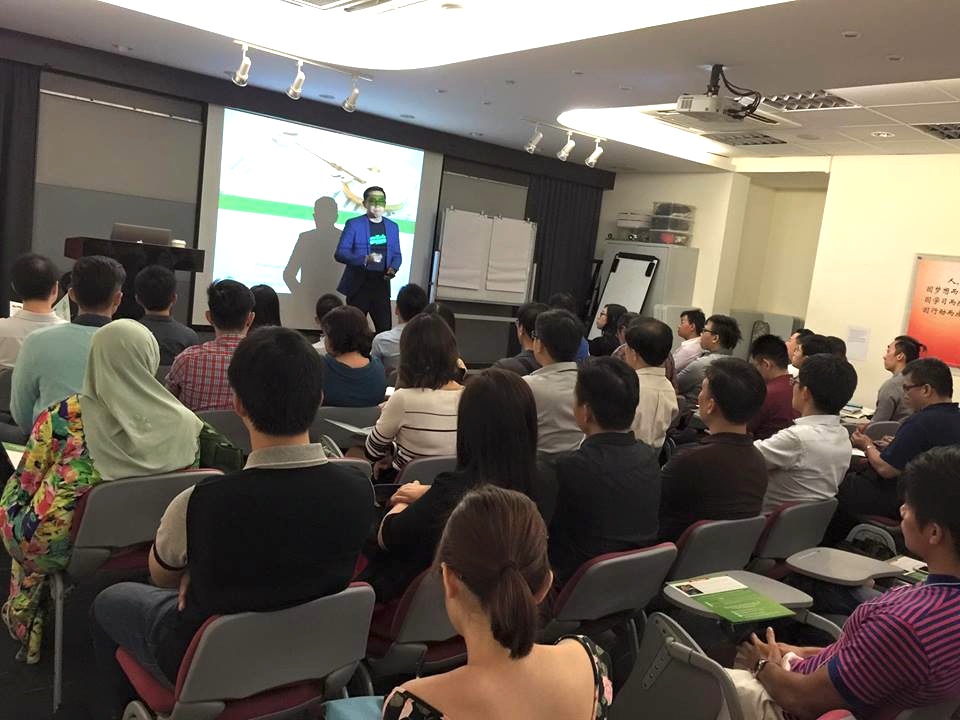(This article is brought to you by Some Ideas on Investing in Singapore)
I’m going to share some of the ways that you can allocate your portfolio according to the different amounts of money that you are able to invest (those above your emergency fund and not needed for any big-ticket purchases).
Straits Times has done a similar article on this topic, How to invest if you have $20k or more (19 Jul), but I disagree with some of their recommendations (especially since I don’t really like the idea of unit trusts and prefer index funds)
If you have around:
$10,000 (or less) to invest….
- 100% Index funds or ETFs
You can place your money in index funds or an exchange-traded funds (ETFs), the latter can be bought and sold on the SGX like shares, but some of the funds are specified Special Investing Products (SIPs) and would require you to meet some criteria. This would give you diversification as investing in the fund will give you exposure to the different shares in the fund.
For example, investing in an index fund that tracks the Straits Times Index (STI) will spread your capital across the 30 shares that make up the STI, according to the size of the market cap of each company as the STI is a capitalization-weighted index.
$50,000 to invest….
- 60% Index funds or ETFs 40% Stocks or REITs
Instead of investing in index funds or ETFs, if you are more adventurous, you can try investing in individual companies or REITs (but I think it’s still good to keep a good part of your portfolio in index funds or ETFs). Picking out individual companies will require a bit more time to research the companies on your own to pick out the good from the rest. The ability to pick out good companies will require some experience to master, but the potential returns will be much better than investing in index funds or ETFs if done well, but don’t try to do so if you’re not willing to put in time to learn and research as you may end up only paying “tuition fees”.
$100,000 (or more) to invest….
- 70% Stocks or REITs 20% Bonds 10% Cash
With this amount, you may be able to purchase all of the 30 shares in the STI on your own to avoid the expense ratios of index funds and ETFs and another advantage would be getting dividends as the companies pay them instead of waiting for the funds to pay them out. You may still incur some minimum brokerage charges if you try this, but if held over a long enough period, this would be cheaper than using index funds or ETFs.
Another advantage of not using index funds and ETFs at this point is the ability to buy shares that you think may outperform the market. Let’s say you think that the finance sector may not do so well in Singapore, you can cut out the finance stocks, such as DBS, UOB and OCBC, and go for the companies that you think will outperform the market.
You may also want to keep some of your portfolio in bonds and cash as well to better protect your portfolio should the market enter a downturn, you still have an income and cash to take advantage of the drop in share prices to buy into the market at the cheaper prices.
I think that this is a good way to invest if you have above $100,000, unless you have amounts in the millions in which case I have not much idea of how to invest in that region.
Summary
Overall I support index funds and ETFs as a good way for people with smaller portfolios to be able to access a wide diversification across different shares in the index that the fund covers. (You can see my post on indexing at: Thoughts on Indexing) As your portfolio grows, you may want to move into individual shares as they offer the potential for better returns and with your larger investment, it would make more sense to spend more time researching the companies (amount earned over time is higher).
When investing in the market, you may also want to practice dollar-cost averaging to ensure that you do not enter the market at too high a price and get your fingers burnt when the market drops, but don’t invest too small amounts such that you spend a large amount of your money on minimum brokerage fees. While it’s good to diversify to reduce your exposure to any one company, investing in too many companies dilutes the returns of the “winners” that you have chosen.









